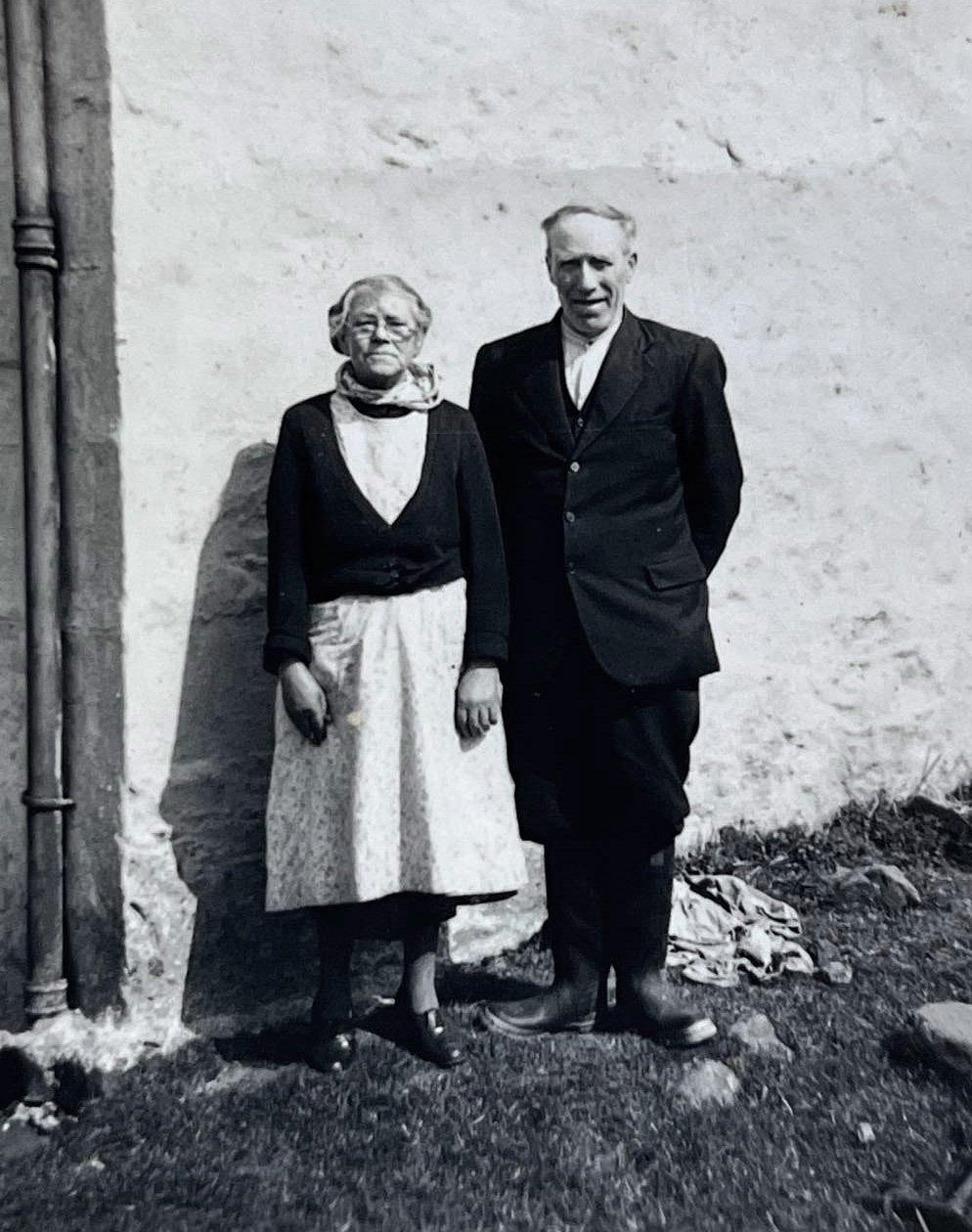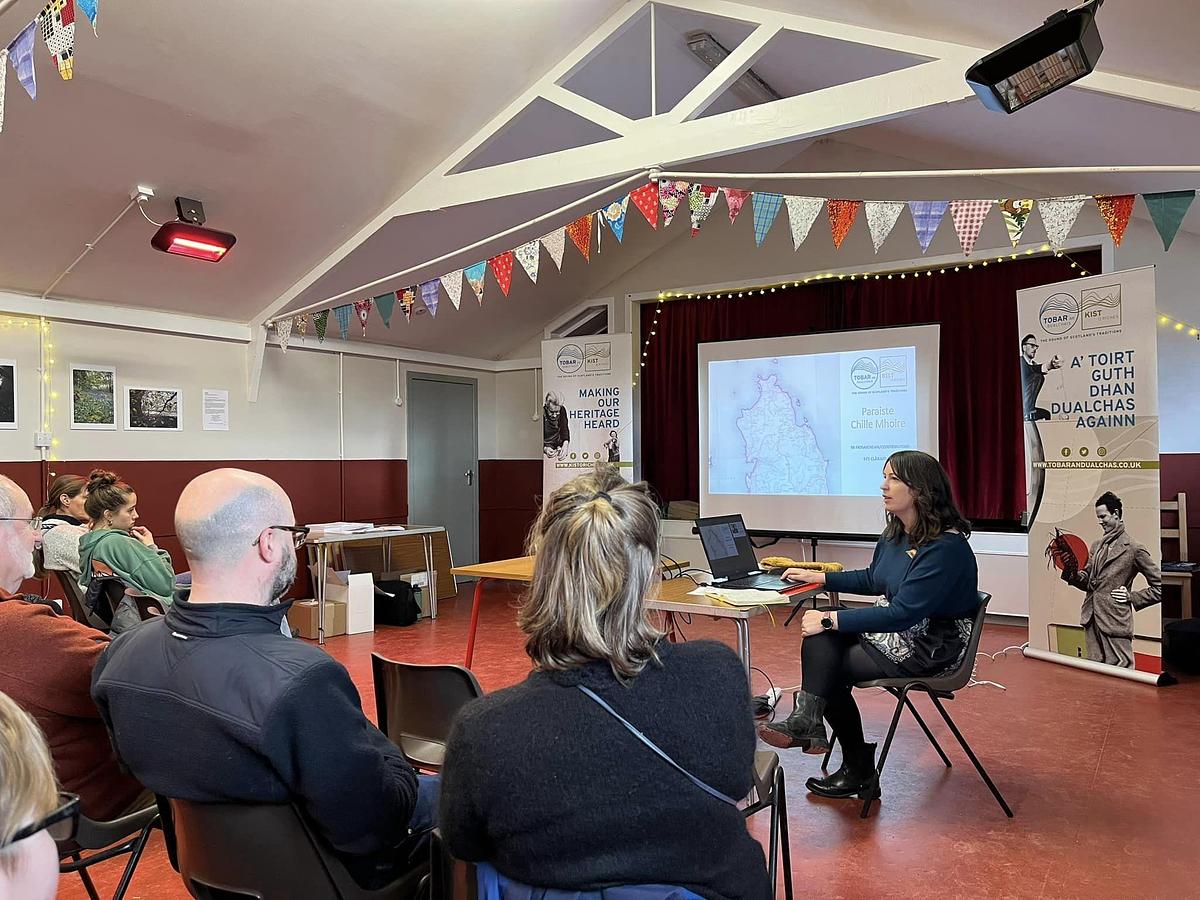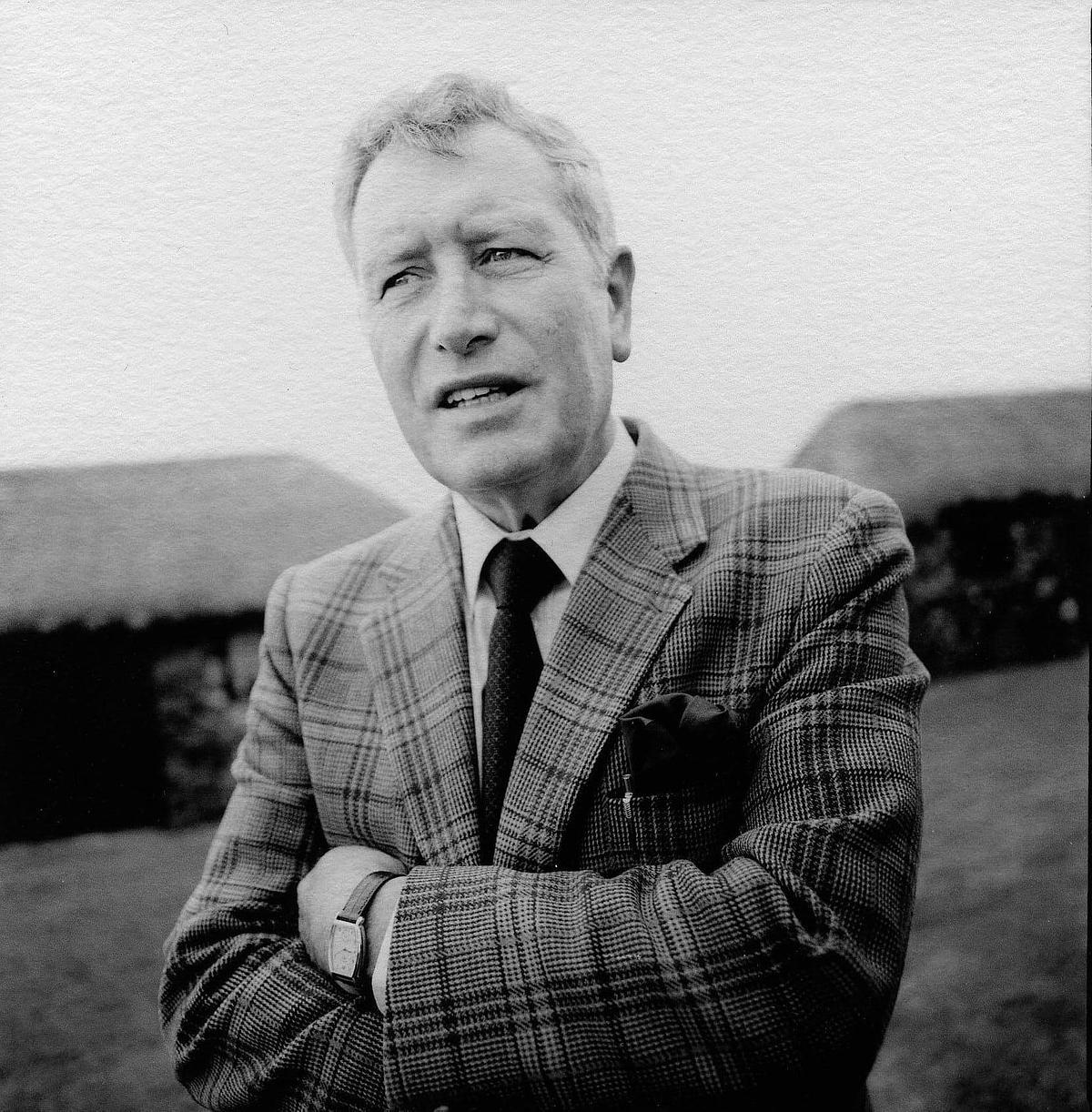
A north Skye event to treasure and celebrate what we have
Events to celebrate the Gaelic language and culture of Trotternish recently included an opportunity to listen and talk about some of the oldest locally-made recordings in the Tobar an Dualchais collection. Tobar an Dualchais Director Flòraidh Forrest explains more about some of these recordings.
It’s always daunting going into a community you don’t know well to talk about sound recordings from their area.
Although a lot can be gleaned from the recordings and the biographical information available, there will always be gaps and mistakes and, of course, the essence of the contributors themselves that only those who knew them can truly understand and feel.
I found myself reflecting on all of this when preparing for a presentation I was invited to give on some of the older recordings from Kilmuir parish as part of Fèis nan Tìre (Festival of the Land) at Kilmuir Hall.
This was part of a day-long event hosted by the Guthan na Tìre (Voices of the Land) project which aims to sustain and transmit the unique cultural heritage of the Trotternish peninsula.
All I could do was present a selection of the recordings and hope that those attending would be willing to offer additional information and colour to what we already know, and help me out when I got things wrong – which they did.
I am grateful to those present from Kilmuir and whose collective memory is still strong for keeping me right!
For those who couldn’t attend, I hope this feature will encourage you to visit our website, enter the ID numbers listed, and listen for yourselves to these wonderful recordings which offer glimpses of life in the Trotternish peninsula in the mid-20th century.
The first contributor I played was the first person recorded in the area by School of Scottish Studies fieldworker Calum Iain Maclean, in 1953.
Annie Arnott (1887-1978) was from Linicro and had a strong, powerful voice. There are 176 recordings of Annie on Tobar an Dualchais and 164 of these are songs.

She was particularly excellent at singing puirt-à-beul (mouth music). The track I played however was from the pibroch-song tradition, ‘Tha na Fèidh am Bràigh Ùige’ (The Deer are on the Braes of Uig), a lament by a woman for the death of a man she describes as a hunter (TAD 2044).
That same year, Calum Iain also visited Rev Norman MacDonald (1904-1978) of Valtos.
As Andrew Wiseman writes: “Little wonder then that he [Rev Norman] should attract the attention of Calum Maclean who fortunately took the time to record details from him in 1953 talking about his life and the writing that he was then undertaking.
“It is perhaps testimony to his training as a minister that he had clear diction and was an excellent communicator in his native tongue.”
Among the 270 recordings of Rev Norman are local songs, stories, cures, legends, Fenian tales, lists of Gaelic words no longer in use, and much more.
Little gems of information are everywhere. His recording about his life is particularly interesting.
Of his school days he recalled: “Ach bha sgoil a b’ fheàrr ann nuair a bha an sgoil sin a’ sgaoileadh an àm an fheasgair – ‘s e sin ri ràitinn an cèilidh.” (“The best school was the one we had once school finished, that is to say the ceilidh.”)(TAD 2686)

Another person recorded in 1953 by Calum Iain Maclean was Angus MacDonald (1887-1956),
Aonghas Eòghainn Alasdair ‘ic Phàdraig, of Bornesketaig. The information in our records tell us that he was a Post Office employee, an actor, playwright and composer. Although there are only six recordings of Angus, one in particular (TAD 7370), gives a vivid account of what life was like in the late nineteenth century when he was aged seven or eight.
He recollects how he would visit his uncle Iain Dhonnchaidh’s house and describes his method of making ‘sìoman froaich agus sìoman fodair’(heather and fodder ropes).
Iain’s wife would be spinning wool with the wheel humming in the background and Iain making ropes whilst singing songs and telling stories.
Angus recollected: “…cha robh taigh anns a’ bhaile bheag againn fhèin nach robh air a thughadh le sìoman-fraoich Iain Dhonnchaidh.” (“There wasn’t a house in our small village that wasn’t thatched with Iain Dhonnchaidh’s heather rope.”)
Although his family has moved away from Borneskitaig, I was reliably informed by those in attendance that the house is still there, allbeit one that is now used as a holiday home.
There are a number of recordings on TAD of the Kilmuir Waulking Women, who would meet weekly in the Highland Home Industries workshops (now Kilmuir Hall) to keep this traditional activity going.
James Ross, a School of Scottish Studies fieldworker from Glendale who had a special remit for collecting Gaelic songs visited many of these women annually and in 1958 he recorded the group together.
I chose to play the popular local song ‘An Cùl Bachalach’ (TAD 105056) which was led by Kate MacKinnon of Hungladder.
This is a love song composed by a woman known as Beathag Mhòr, who is believed to have been from Duntulm. She fell in love with a member of the gentry known as ‘Màrtainn a’ Bhealaich’.
Beathag had two sons by Martin, but, despite her love for him, he deserted her and married a member of the MacLeod family of Raasay. Unrequited love is a common theme for songs to this day and this one is sung very well by Kate and the rest of the waulking group.
No presentation on the oral heritage and recordings of Kilmuir would be complete without reference to Jonathan MacDonald (1932-2021) who established the Skye Museum of Island Life in 1965 and was a renowned tradition-bearer.
Jonathan was only 22 when he was first recorded by James Ross in 1954. In this recording (TAD ID 68082) he sings the port-à-beul (mouth music) ‘Cha robh aon dùnadh air doras Choinnich Stiùbhairt’, which discusses the uselessness of two men trying to court and how the girls prefer the piper!

The song is still popular in Kilmuir and was sung at the hall there in 2021 by Jonathan’s grandson, also Jonathan and his cousin Calum Alasdair, who both learnt it from this recording.
These are just some of the recordings which were played on the day.
Each one gave unique insight into the people and of the place, and I’m grateful to those who came along and shared their knowledge and memories.
It was emotional at times, but also fun. When attempting to find out more about one contributor – a woman with a strong high voice who used to prepare children for the Mòd competitions – I asked if perhaps she had been like a school teacher.
A woman in the audience quickly replied: “Cha robh. Bha i beag agus tuth”, (“No, she was short and stout.”).
The idea that schoolteachers couldn’t be shaped a certain way made us all chuckle!
Going back towards the end of the recording of Angus MacDonald of Bornesketaighe (TAD 7370), he talks about the deep sense of regret he feels that he didn’t know more of Iain Dhonnchaidh’s songs and stories:
“Nan robh mi air a bhith na bu ghlice, nuair a bha mi na b’ òige, bha mi air barrachd fhaighinn, ach bha e duilich nach robh… nach robh duine eile anns an àite a ghabh beachd air na sgeulachdan a bh’ aige.” (“If I’d been wiser, when I was younger, I would have gotten more…. it was a shame that there wasn’t someone else in the place who thought to take down his stories.”)
There will always be that sense of loss as generations pass and things get forgotten or left behind.
Many of us Gaels today feel the same regret that Angus describes. But it’s important to use and celebrate what we do have.
We’re so grateful to projects like Guthan nan Tìre for taking down what’s there now and hosting days which celebrate the incredible songs and stories we do have left.